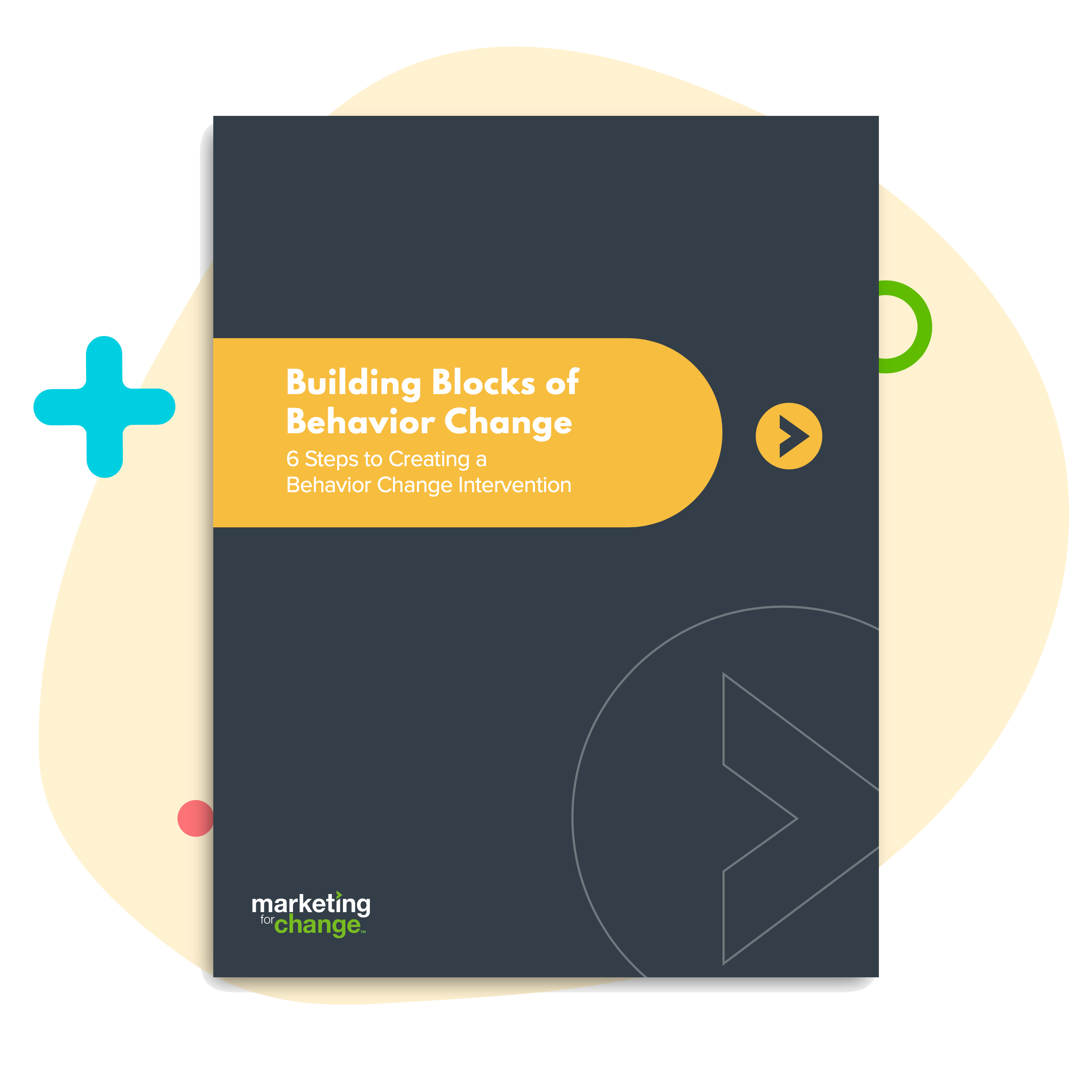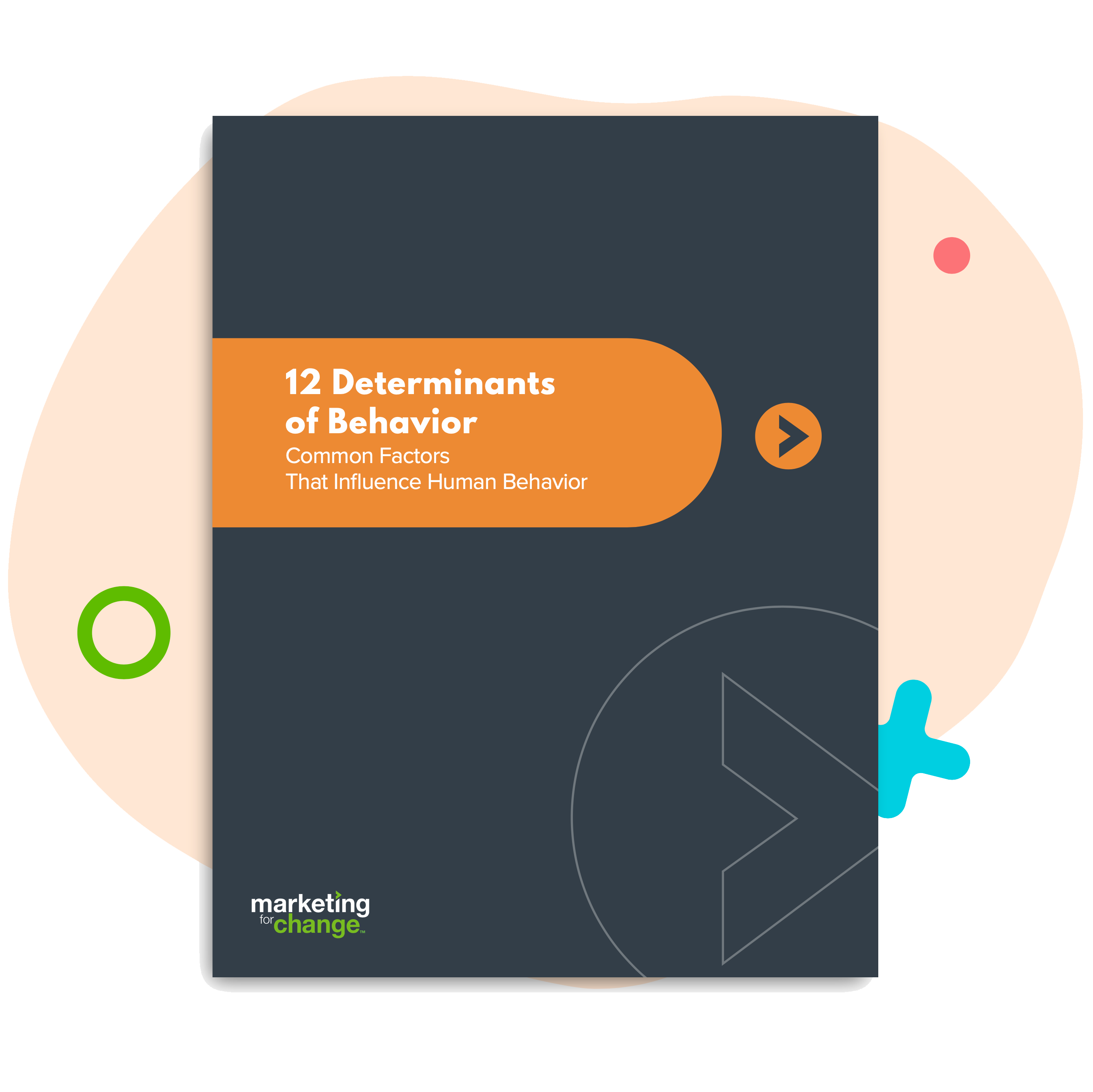
Key Takeaways from the SBCC Summit
Last week I attended the SBCC Summit, the international social and behavior change communication conference hosted by the Johns Hopkins Center for Communication Programs, UNICEF, and other partners. The conference took place in Marrakech, Morocco, after a long pandemic hiatus.
Here are some key takeaways from my time at what is likely the largest global gathering of behavior changemakers in the world. But first, a caveat. This was my first SBCC conference, so I am a newcomer to a well-developed ecosystem. Also, being only one person, I was only able to attend a slice of the hundreds of sessions that took place during the weeklong summit. Additionally, I am a social marketer and a behavioral scientist, and those disciplines inform my perspective.

The good
- There is great passion in the SBC community for doing good better. Social and behavior change academics and practitioners are committed to finding and sharing evidence-based practices that increase the effectiveness of SBC work. Get a couple thousand of them in the same place at the same time, and the result is electrifying.
- There is no replacement for face-to-face. We know that. This proved it.
- There is an increasing willingness in SBC circles to acknowledge what ISN’T working. Two key “side events” that created a safe space for sharing (sometimes painful) lessons learned were a “Confessions of Mad Implementers” session led by Antje Becker-Benton of Save the Children and Karen Greiner of UNICEF, with a helpful assist from Sarah Osman of Osman Advisory Services. A packed room of practitioners free-wheeled frustrations with SBC practice — from having to continually reinvent the wheel because of competition for funding keeps efforts siloed, to being forced to create little-used tools or resources to meet program requirements. “No more toolkits” became the mantra of the session.
- Another very fun off-the-program event, led by human-centered design agency Matchboxology and fueled by free drinks, encouraged confessions of (often very expensive) SBC failures and lessons learned. My favorite of the evening: the HIV prevention specialist who recounted spotting a rough-and-ready soccer ball made by children in the village she had been sent to work in. When she asked them what made it bounce, the kids proudly told her it was stuffed with condoms. Not what the funder had in mind, but the intervention likely met its distribution targets.
- A dynamic presentation by Memory Zonde-Kachambwa of Africa’s FEMNET and Eliana Elías of Minga Peru by Clemencia Rodriguez of Temple University, kicked off the summit with a bang. A revolutionary spirit percolated just under the surface as Clemencia called for flipping the script on verguenza (shame) and both Eliana and Memory advocated for using SBC to empower communities to identify and lead the change they want to make.
One of the most compelling — and important — keynote presentations was given by climate change leader Rishika Das Roy of Oxford Policy Management, who delivered a concise, sophisticated and passionate call for moving climate action out of an “environmental” silo and recognizing it for what it is: a force if left unchecked and unprepared for makes everything else irrelevant.
While others were still focused on raising awareness, storytelling and gaining access to places of power like the UN’s COP climate change summit — which all can be important supports — Rashika called for immediate, cross-sector climate action using more of a social marketing approach: identify where you already have access, get a seat at that table, and strategize how you can weave climate into what they are already doing by identifying overlapping values and goals. It’s “climate in all policies” but it’s also an example of the classic social marketing “exchange,” in which you give people something they want to get what you want.
The bad
- SBC still doesn’t get behavioral science. Even though the conference included a behavioral economics track (which included a workshop I led on climate and health), the SBC community — and particularly longtime practitioners — continue to be resistant to, or simply ignorant of, the key insights that behavioral science can bring to behavior change. One veteran dismissed behavioral science, saying, “They are just better at PR.” It certainly could be argued that behavioral scientists are better at packaging behavior change frameworks (MINDSPACE, EAST, etc.). But what can we learn from that?
When I mentioned behavioral science, I also heard “we’ve been doing it all along.” If “it” means random controlled trials, well yes, RCTs are nothing new in SBC. But with the exception of some standout presentations by behavioral scientists such as Sarah Osman and Elizabeth Long of DTA Innovation, as well as a BE-focused panel on “nudges and shoves” featuring Jacqueline Devine of USAID — the wider SBC community is focused only superficially at best on all that behavioral science can teach us about the “System 1” factors that impede behavioral outcomes or can be leveraged to supercharge them.
SBC should be leaning into everything we can learn about the “Intention Behavior Gap” — or, as behavioral scientists call it, the “Say-Do Gap” (yep, better PR) — as well as the “Empathy Gap,” another bias which helps us understand why we often fail to fall through on our best intentions.

- Many SBC interventions could also benefit from a deeper integration with social marketing. In my workshop, I worked with SBC practitioners who had firmly grasped the need for audience segmentation but only in terms of demographic targeting. They were unable to consider psychographics or behavioral determinants and were stumped by an exercise designed to help them develop a marketing “offer.” Their offer was “they should do it because it’s the right thing to do.” Well, yes, but social marketers know that “should” isn’t the foundation for successful interventions with actual human beings.
The ugly
- The carbon footprint was astonishing. I’m sure most large gatherings are. But in the day-to-day of the conference, there was little evidence of walking the climate action talk besides putting a now-standard branded metal water bottle in the conference bag. I ended up leaving mine behind for the hotel maid because it was too heavy to carry in my luggage (and I’ve already got more of them than I want).
- Speaking of the maid, it appears that SBCers may be lousy tippers. I realize there are different customs across countries for tipping, but I did a quick Google search that suggested leaving 10 to 20 dirhams a day – the equivalent of $1 to $2 US to clean a room that cost more than $200 a night (at the conference rate). I left a daily tip in case different workers cleaned the room each time. By Day 2, a housekeeper stopped me in the hall to thank me — tipping me off that tipping was an unusual practice. By Day 4, I learned her name was Noura when she started responding to the little thank you notes I left with each tip.

I’m hoping that at future conferences, SBCers and other international travelers will be more generous. The Nouras of the world would be grateful.

Sara Isaac is the agency’s chief strategist.








